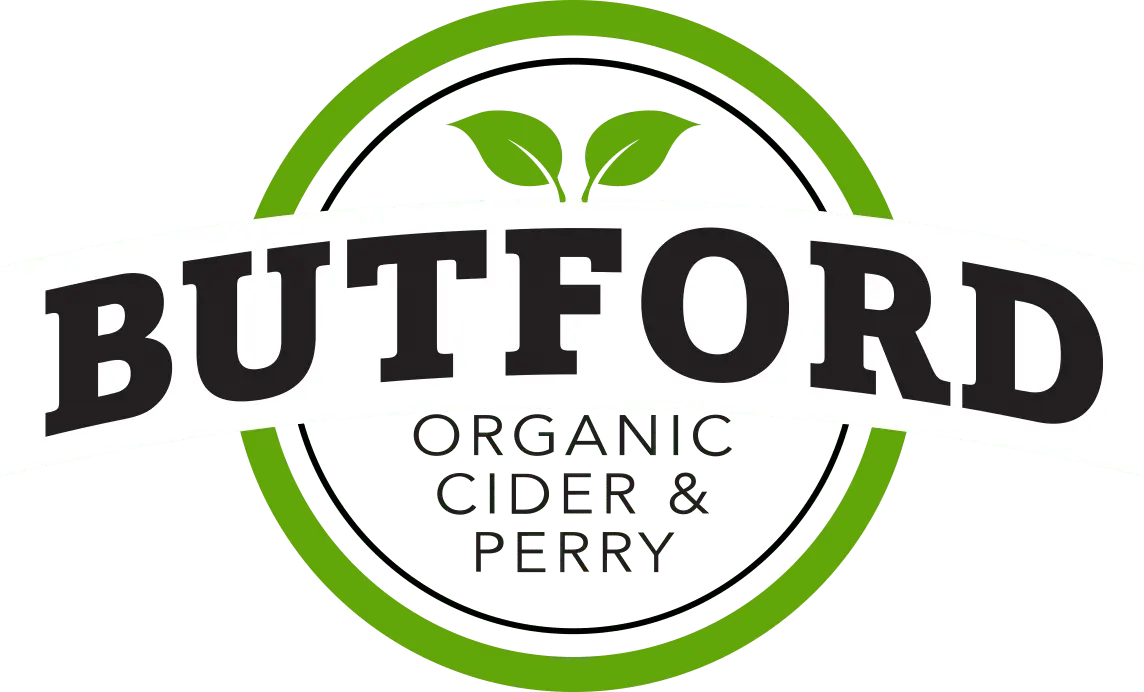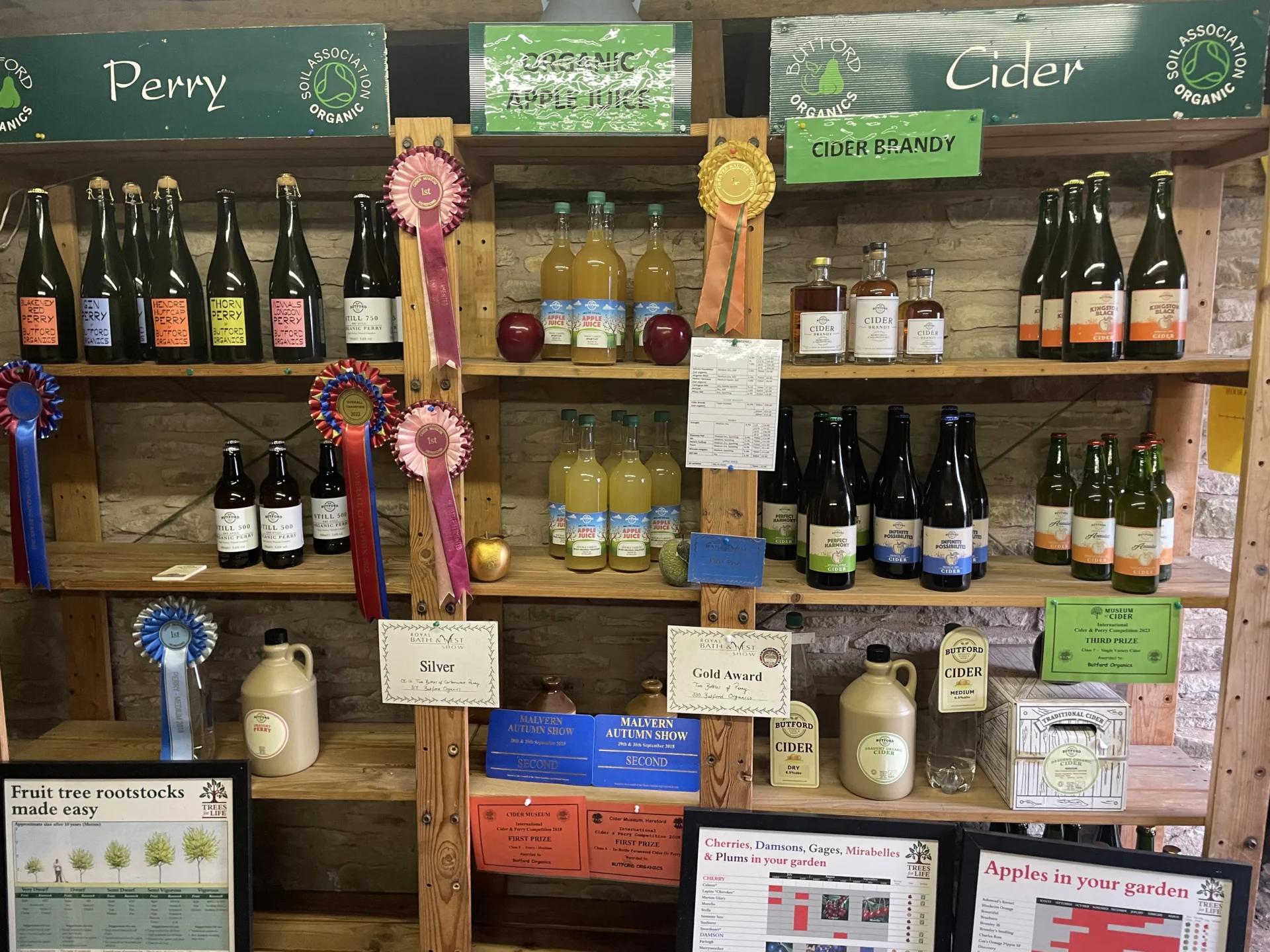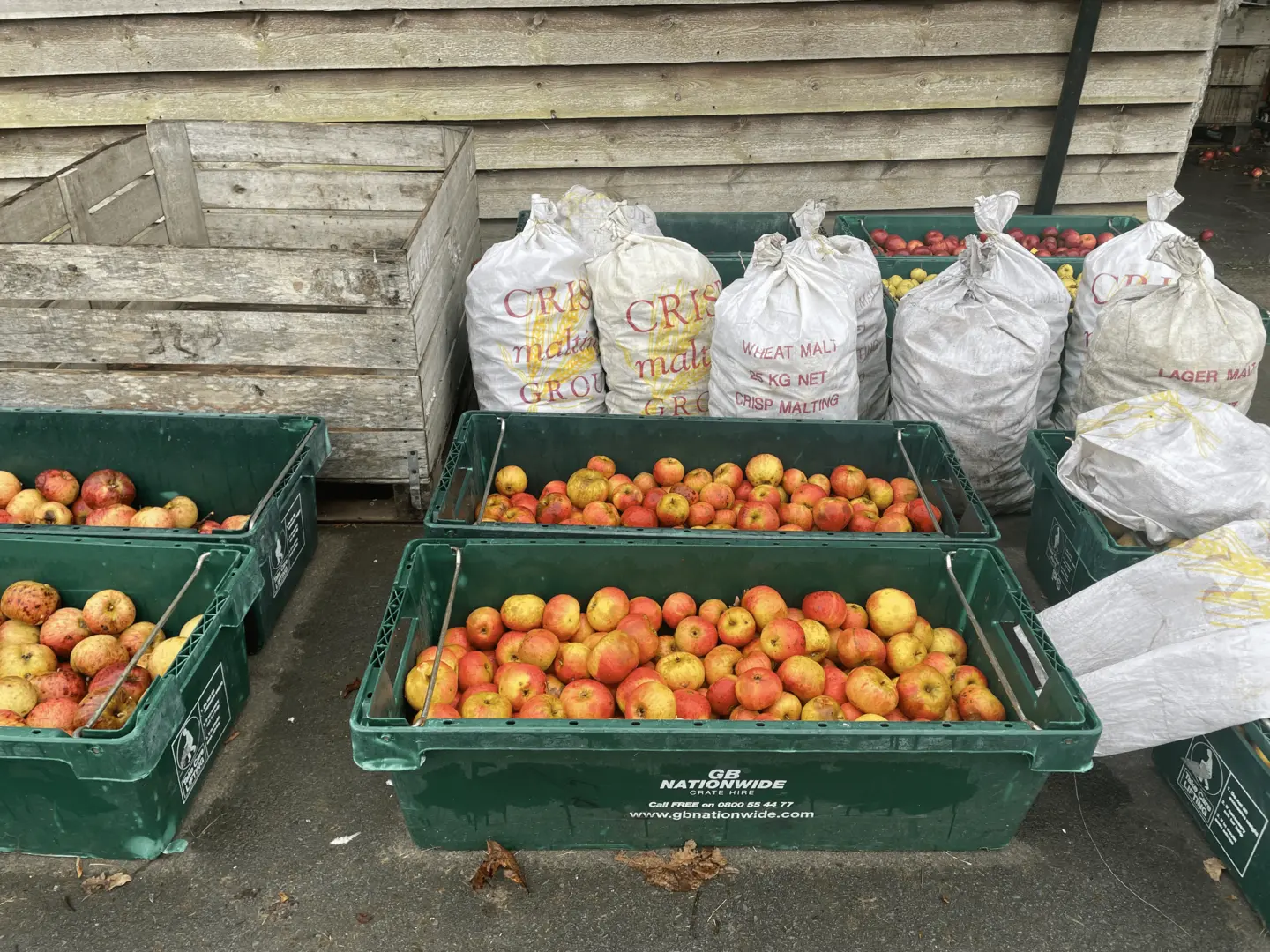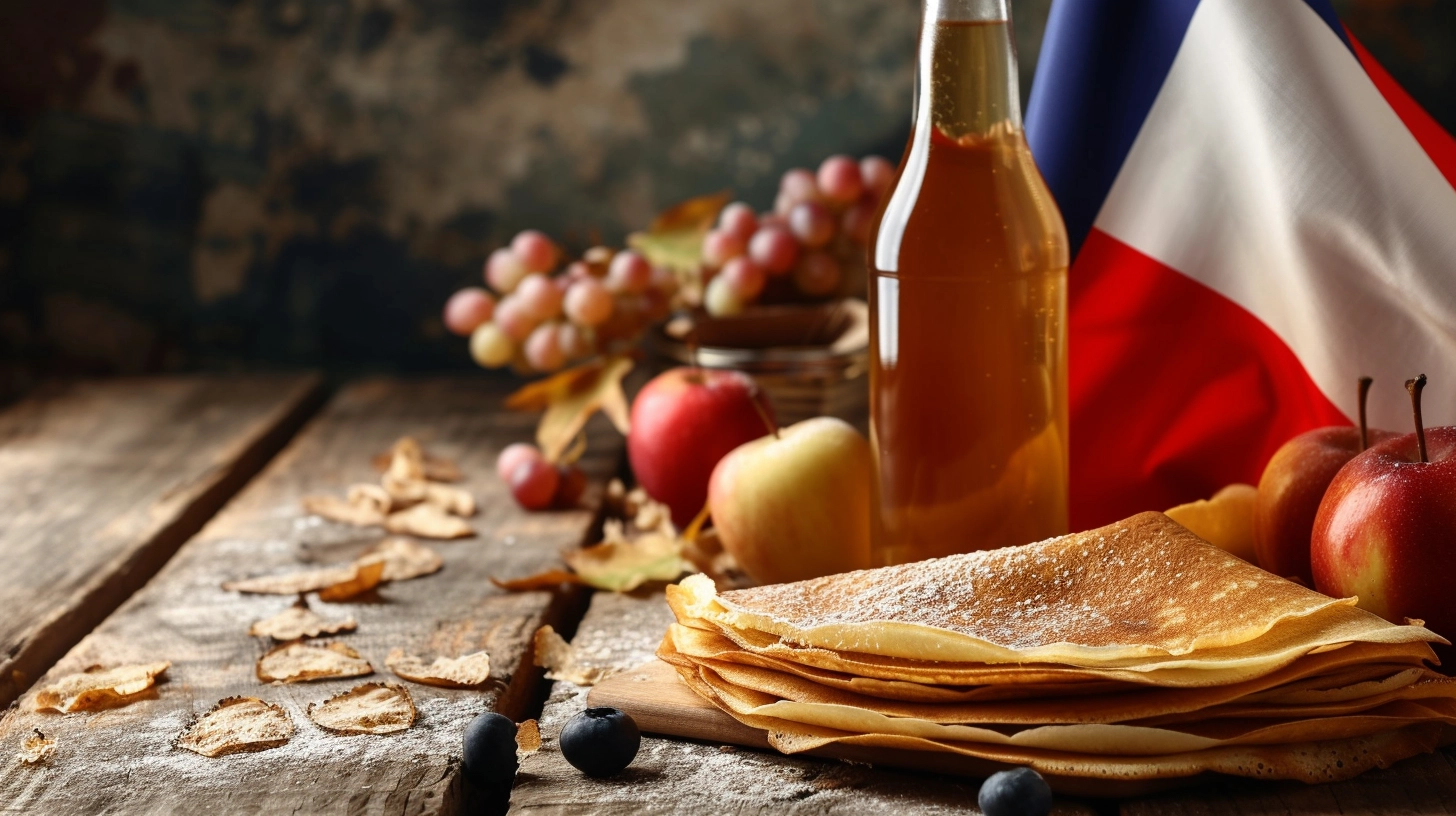A summary:
| Cider Type | Characteristics |
|---|---|
| Dry Cider | Offers a subtle fruitiness, higher tannin levels, less sweet |
| Sweet Cider | Sugary finish, appealing to those who enjoy sweeter tastes |
| Still Cider | Smooth texture, akin to wine |
| Sparkling Cider | Playful fizziness, akin to champagne |
| Regional | American, French, Spanish styles |
| Organic | Made from organically grown apples, richer apple flavour |
| Botanical | Infused with herbs, nectars, leaves, including tea for unique flavours |
| Wood-Aged | Notable wood or barrel character in flavour, intensity varies |
| Sour Cider | Made intentionally sour using non-standard yeasts and bacterial fermentation |
| Pear Cider/Perry | Made from culinary or perry-specific pear varieties, lighter, floral notes |
| Ice Cider | Sweet, concentrated, made from frozen apples or juice, intense flavour |
| Rosé Cider | Inspired by rosé wine, pinkish hue, refreshing taste, made with berries or purple-fleshed apples |
| Hopped Cider | Infused with hops for a bitter edge, appeals to beer and cider fans |
Understanding Traditional Cider Types
Dry vs Sweet Cider
It’s important to note that the distinction between dry and sweet cider falls along a spectrum, with varying levels of sweetness and dryness, rather than being strictly one or the other.
Dry Cider
Dry cider is a type of cider that’s less sweet and more on the tart side. It’s made by fermenting apples, and because it doesn’t have much sugar left in it, it tastes pretty sharp and acidic. Dry cider usually has a bit more alcohol, about 4% to 8%. It’s often made with special apples like bittersweet or crab apples, which are known for their high acidity and tannins. Plus, the sugar content in dry cider is really low, less than 0.9%. So, if you’re into drinks that aren’t too sweet and have a bit of a kick, dry cider could be a cool choice.
Sweet Cider
Sweet cider is all about that fruity and sugary flavour. It’s made in different ways, so the sweetness level can vary depending on the apples used and how it’s fermented. This type of cider generally has a lower alcohol content, often under 7% ABV. The texture can range from just a bit sweet to thick and sugary. And when it comes to sugar, sweet cider has plenty, with a residual sugar content of 4.5% or more. So, if you’re someone who loves their drinks sweet and full of fruitiness, sweet cider is definitely worth a try.
Key Characteristics of Modern Ciders:
- Aroma/Flavour: Sweet or low-alcohol ciders may have an apple aroma and flavour, while dry ciders tend to be more wine-like.
- Apple Varieties: Commonly used varieties include McIntosh, Golden Delicious, and Granny Smith.
Still vs Sparkling Cider
As with sweetness, the fizziness of a cider is heavily dependent on the process and doesn’t fit into just one or the other.
Still Cider
Still cider is exactly like it says – it’s smooth, no fizz, no bubbles. It’s made without a second fermentation or carbonation, which gives it a taste that’s more like white wine. This style really lets the true flavours of the fermented apples shine through. It’s kind of a big deal in the cider world because a lot of people think it’s harder to get just right compared to other types. So, if you’re into drinks that are smooth and have a sophisticated taste, still cider could be your thing. It’s all about enjoying the pure, un-bubbly goodness of apples.
Sparkling Cider
People note sparkling cider for its effervescent character, similar to fizzy soda. The fermentation process, along with the choice of apples and sugars, plays a key role in determining both the flavour profile and the alcohol content of the cider. The quality of sparkling cider depends significantly on the choice of apple cider or juice used in its production.
Appearance Variations:
- Modern Ciders: Typically pale to yellow, ranging from brilliant to hazy.
- Heritage Ciders: Generally yellow to amber, also ranging from brilliant to hazy.
The Rise of Organic Cider
Organic cider, made from apples grown without synthetic pesticides or fertilizers, is gaining popularity among health-conscious and environmentally aware consumers. These ciders offer a richer apple flavour. The production of organic cider also results in a few unique characteristics, including the use of wild yeast in the fermentation process and natural sugars.
The organic production process often involves spontaneous fermentation, further enhancing the unique taste profile. These ciders frequently exhibit a golden hue and a balanced bouquet of tannic and wild apple characteristics. Organic ciders have different alcohol levels, but they always taste refreshing and slightly sweet or citrusy. Some types have a slightly bitter and dry aftertaste.

Specialty Ciders Worth Exploring
All of these still use the juice of apples but in unique and exciting ways. Many quickly becoming popular with large cider makers and the public.
Ice Cider
Iced cider, also called “cidre de glace” in French, is a sweet drink that comes from Quebec, Canada, and is similar to ice wine. People started loving it in the 1990s. They let the apple juice freeze, which makes the sugar in it incredibly concentrated.
This cider is fairly strong, with 7-13% alcohol, and exceedingly sweet, with at least 130 grams of sugar per liter. Perfect for sipping by itself, enjoying with a dessert, or for anyone who wants to try a fancy kind of cider.
Hopped Cider: A Crafty Twist
Hopped cider is a cool mix of apple cider and hops, the same stuff used in beer. This type of cider has become more popular recently. It’s like normal cider but with added flavours and smells from hops, which can vary from flowery to slightly bitter. The look of hopped cider can vary; some are clear and some are a bit cloudy. It can vary the taste from mild to strong, depending on how you make it.
This makes hopped cider popular, especially with people who like craft beer. It’s a bit different from beer though, because the hops are used in a new way in cider. One example is Incline Cider’s Hopped cider from Tacoma, Washington. A mix of hops gives it a citrusy smell.
So, hopped cider is great for those who like the taste of hops and want to try something new besides regular cider or beer.
Rosé Cider: A Fruity Fusion
Rosé cider, which takes inspiration from rosé wine, stands out for its pinkish hue and refreshing taste. This color comes from using special red apples or sometimes adding grapes or berries to the mix. The juice or skins of these fruits give the cider its cool pink color. You can make rose cider with just special red apples and yeast.
This adds color, flavour, and sometimes extra sweetness. They fit into the “fruit” and “botanical” styles of cider, which means they can have lots of different tastes and looks. Lots of cider places make rose cider, and they use different ways to make it. Some are dry, some are sweet, and some taste like fruits or flowers.
So, rose cider is a fun choice for people who like fruity and sweeter tastes or want a break from regular cider.
Pear Cider and Perry
Pear cider, also known as perry, is a type of alcoholic beverage made from fermented pear juice.
Often a small-scale, hand-crafted drink that can sometimes taste a bit like wine. On the other hand, the term “pear cider” is more modern, popping up around 1995 as a marketing term. Prominent cider brands began producing pear cider as the demand for cider grew
A bit of debate exists about what exactly separates perry from pear cider, with some saying it’s the use of pure pear juice. Pear ciders usually have pear juice, but some countries mix in up to 25% apple juice, similar to hard apple ciders.
A good choice if you’re into trying drinks with a bit of history or hand-crafted beverages.

Cider Blends
Cider blends are all about mixing different fruit flavours to create something unique and tasty. It’s not just about mixing any apples; it’s a real art. Different types of apples or even other ingredients can be used to make these blends. The goal is to balance the flavours and make something really special.
Blending is crucial in cider making. There are even specific types of apples that are perfect for blending. Some examples are Brown Snout, Dabinnet, and Vilberie.
Whether it’s Perfect Harmony or a hopped cider with a beer-like twist, there’s a blend out there for everyone. It’s all about finding the perfect mix of flavours to suit your taste.
Botanical Cider
Botanical cider is a special kind of cider that mixes fermented apples or pears with different plant-based elements. This mix creates a drink with the usual cider taste and extra flavours and smells from the botanical ingredients.
These ciders might include ingredients from lavender to basil, creating profiles that significantly depart from traditional fruit-only ciders. These ciders are great for people who want a sweeter cider, and often those who are new to drinking cider.
Wood-Aged Cider
Wood-aged cider, like some wines and sprites, ages in wood barrels, making it a special kind of cider. This tradition has been around for centuries and adds a unique touch to the cider. By aging it in wood, usually oak barrels, the cider gets a whole new flavour and aroma. This process can completely change the cider, making it more complex and giving it a fancy, artisan feel.
The type of wood and the duration of aging in the barrel greatly influence the taste and aroma of the cider. Some wood-aged ciders can taste like dry tea or have a sharp, bitter feel. The color of the cider can also change based on the wood used.
In wood-aged ciders, the wood or the barrel’s character is crucial. It affects everything from the smell and taste to how the cider looks. The amount of wood used, the duration of cider in the barrel, and the previous use of the wood all contribute to the difference. These ciders usually have an alcohol content between 6.5% and 8.5%.
If you like fancy drinks or aged wines and spirits, you might enjoy trying this cider.
Sour Cider
Sour cider is a unique kind of cider that’s remarkably different from the usual sweet and fruity ones. More like sour beer, funky natural wines, or kombucha. Made with special yeasts and bacteria, it has a tangy and sour taste. This style of cider is a bit like tart saisons and farmhouse ales, which are types of beers known for their sour flavours.
The sour taste in cider is not new. People used it to make beer before modern fermentation methods were available. So, sour cider brings back this traditional brewing style, but with apples instead of grains like in beer.
Sour cider can take a while to get good. People usually let it ferment until it becomes dry and not too sweet. Sometimes, it’s even aged for a long time, like up to a year, to develop its unique sour flavour. So if you enjoy tart and funky flavours, you might like trying sour cider
Mulled Cider: A Seasonal Favorite
Mulled cider is a warm, cozy drink that’s perfect for chilly autumn and winter days. It’s made by heating up sweet apple cider and adding delicious mulling spices like cinnamon, nutmeg, cloves, and sometimes orange peel.
So, if you’re looking for a drink that’s warm, sweet, and full of holiday spices, mulled cider is a great choice. It’s especially perfect for those who love festive flavours and want something to enjoy on a cozy night in.
Other types
While we’ve covered the main types of cider in this article, there’s much more to explore in the world of cider. For instance, draught cider, commonly enjoyed in bars and pubs, represents a different way to savor cider on tap and probably warrants its own article entirely.
Furthermore, the cider landscape continues to expand, with unique variations like cider brandy emerging. As the cider industry evolves and innovates, new cider types may continue to surprise and delight cider enthusiasts.
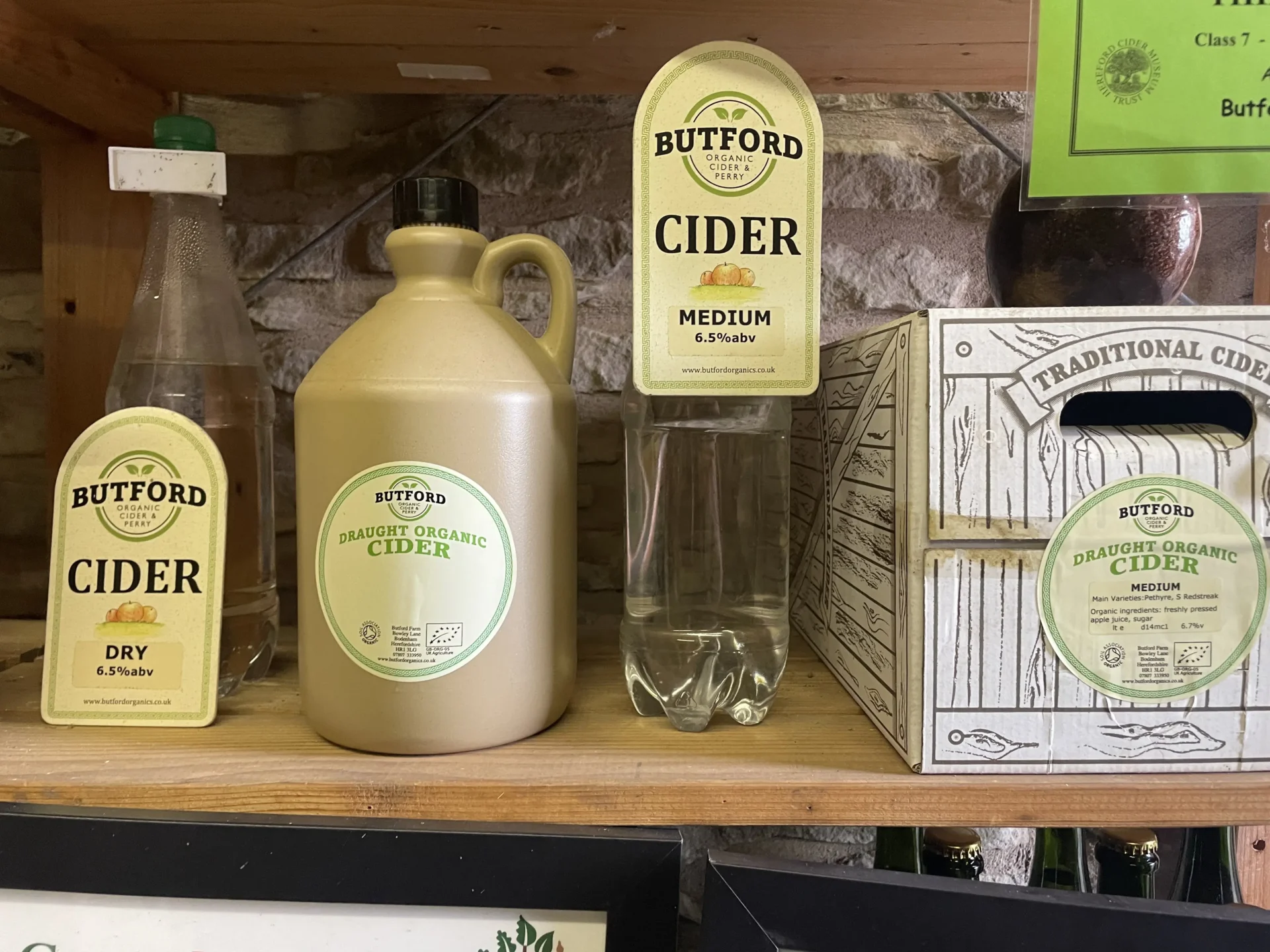
Pairing Cider and Food for an Enhanced Experience
Pairing the right cider with food can transform your meal. Seafood and crisp, dry ciders are a match made in heaven, while robust, sweet ciders wonderfully complement hearty meats and rich cheeses like cheddar and camembert. For a vegetarian twist, an off-dry, medium-bodied cider pairs delightfully with dishes like butternut squash soup, enhancing their earthy sweetness.
Regional Cider Variations
American Cider
American cider, known for its variety and experimental techniques, uses new apple blends to create robust flavours. This mirrors the modern cider approach in the guidelines, emphasizing brightness and refreshing qualities.
French Cider
People cherish French cider, especially from Normandy and Brittany, for its artisanal methods. These ciders, often sweeter, align with the heritage cider profile, highlighting the complexity and higher tannin levels.
Spanish Sidra
Spanish sidra, known for its tart profile, requires a unique pouring technique. This uniqueness is similar to the traditional ciders, which have more tannins and are more intricate.
FAQ:
Q: What is the main difference between dry and sweet cider?
A: Dry cider tends to have less residual sugar and a subtler fruitiness, while sweet cider is more sugary and richer in apple flavour.
Q: Can cider be paired with meals?
A: Absolutely! Cider pairs wonderfully with a variety of dishes and can enhance the flavours of both the drink and the food.
Q: Are there non-apple ciders available?
A: Yes, pear cider, or perry, is a popular alternative to apple cider and offers a different flavour profile.
